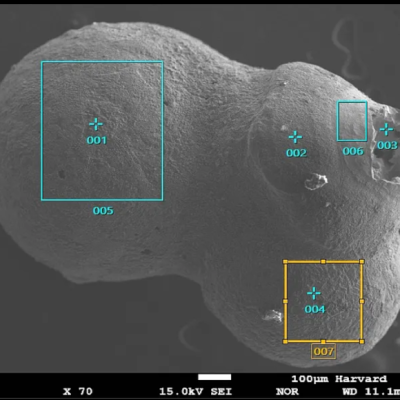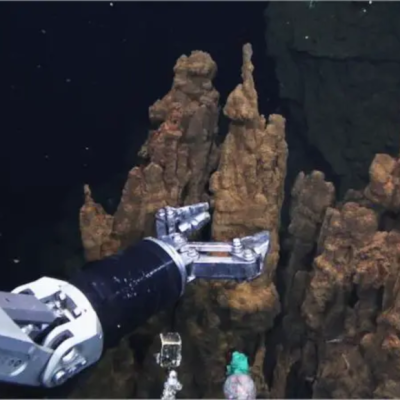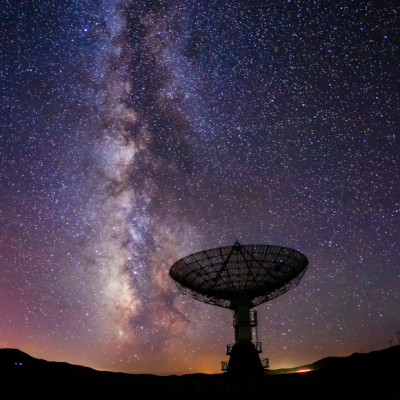Asteroid impacts can propel material from a planet into space, and this space dust can travel vast distances and survive for long periods of time. In astronomy, space dust is an essential source of information that provides insights into distant phenomena. According to Tomonori Totani from the University of Tokyo, the analysis of space dust could reveal signs of life that exist now or in the near future within human detection capabilities. Totani suggests that well-preserved particles ejected from other worlds should be examined for possible signs of life. While the search for extraterrestrial life has focused on communication signals and atmospheric indications, the analysis of space dust could provide direct or indirect evidence of life, such as microbial fossils.
Totani believes that large asteroid impacts can eject soil material into space, and some rock fragments may contain recently deceased or even fossilized microorganisms. These fragments vary in size and behave differently in space, with some larger pieces falling back to Earth or entering permanent orbits around a local planet or star. Smaller particles may be too small to contain detectable signs of life, but particles in the range of one micrometer could harbor a single-celled organism and even leave their home solar system and potentially reach Earth under the right circumstances. While the distances and timeframes involved in this scenario are enormous, Totani estimates that about 100,000 such grains could fall to Earth each year.
It is possible that such particles are already present on Earth, preserved in the Antarctic ice sheet or under the seabed. However, distinguishing between extrasolar material and material from our own solar system remains a complex issue. Nevertheless, missions are already underway to capture space dust in the vacuum using ultralight materials called aerogels. Totani hopes that researchers from various fields will be interested in this idea and begin to investigate the feasibility of this new search for extraterrestrial life.










